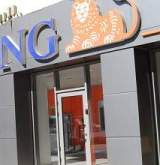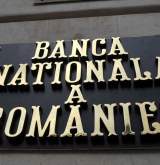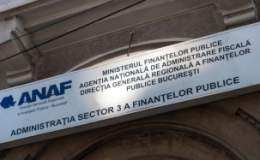Romania, among most attractive investment destinations
“We believe that stock markets may at least further stabilise in Q2 and we therefore set our global equity weighting to neutral - for the first time since Q4 2007. The lows of early March 2009 still might be tested again. Overall, caution continues to be required and we are keeping an overweighting in cash,” says Fritz Mostböck, Head of Group Research (photo).
For the second quarter this year, Erste Group recommends an increase of cash allocation, reduction of bond and neutral for stocks.
“We continue to see markets as volatile, although we would see the notion of them having found a bottom as realistic, at least. For the region, we expect returning liquidity to focus first on the biggest markets”, says Henning Esskuchen, Co-Head of CEE Equity Research at Erste Group.
Compared to the last quarter’s country allocation (overweight Austria, Czech Republic) Erste Group analysts have become more cautious on Poland.
If one would want to play SEE, they would again point to Romania, although stressing the risk of high volatility.
With returning risk appetite, Russia has been benefiting strongly, additionally supported by better commodity prices, Russia could post further gains. Risk remains high, however, reads the report.
Technology, Healthcare and Oil & Gas look interesting
“To put it simply, in times of high costs of capital, capital intensive stocks are losers. We would favour stocks with low capital intensity, low gearing ratio and rather high expected return on capital employed (ROCE) development for 2009-2011”, says Henning Esskuchen (foto).
Considering those criteria Technology, Healthcare and Oil & Gas look interesting.
Telecoms would also look interesting, but the rather high capital intensity is a drawback. Despite their capital intensity, utilities also offer stable ROCE for 2009-2011 and the overall gearing ratio seems reasonable.
On the other side of the board, although Media, Basic Resources and Personal Goods seem to have a satisfactory internal financing capacity over the period 2009-2011, their gearing ratio does not look too convincing.
Despite their rather modest capital intensity, stocks in Chemicals, Industrial Goods and Services, Travel and Tourism, and Food and Beverages post low expected ROCE development for 2009-2011. Furthermore, apart from Chemicals, the gearing level of the others seems quite high and indicates a rather weak balance sheet quality.
Erste Group analysts estimate restored trust in the financial sector is a prerequisite for a stable recovery and would consider as good indicators rising velocity of money accelerated loan growth and declining credit spreads.
“For the time being, the signs that financial markets are on a path of lasting improvement are still weak. Companies’s debt security issuance has continued to increase”, the report informed.
Erste Bank analysts state it might be that companies expect the environment to worsen further and want to make sure to have enough liquidity, as further downgrades, would lead to rising refinancing costs.
After lending activity revives, capital-intensive companies will become attractive
Having said that, it is also clear that, as soon as the picture brightens with regard to financing conditions, capital-intensive stocks will be the best places to look for outperformers. They estimate that these stocks could be the outperformers once financing conditions brighten.
The tables show that the capital-intensive group (-60.1%) showed a significantly weaker share price performance over the last 12 months compared to the least capital-intensive stocks in our universe (-37%).
Only Telekom Austria stands out in the group of stocks that are quite highly indebted and capital-intensive, showing a quite strong performance, losing just 21.4%. This reflects the expected stable cash flow pattern.
























































![HR [PLAY] Tech Workout - 11...](https://www.wall-street.ro/image_thumbs/thumbs/973/973fe0a3888d417feff63de42e814180-260x260-00-65.jpg?v=1714132088)










